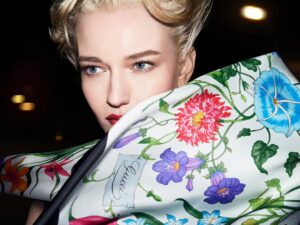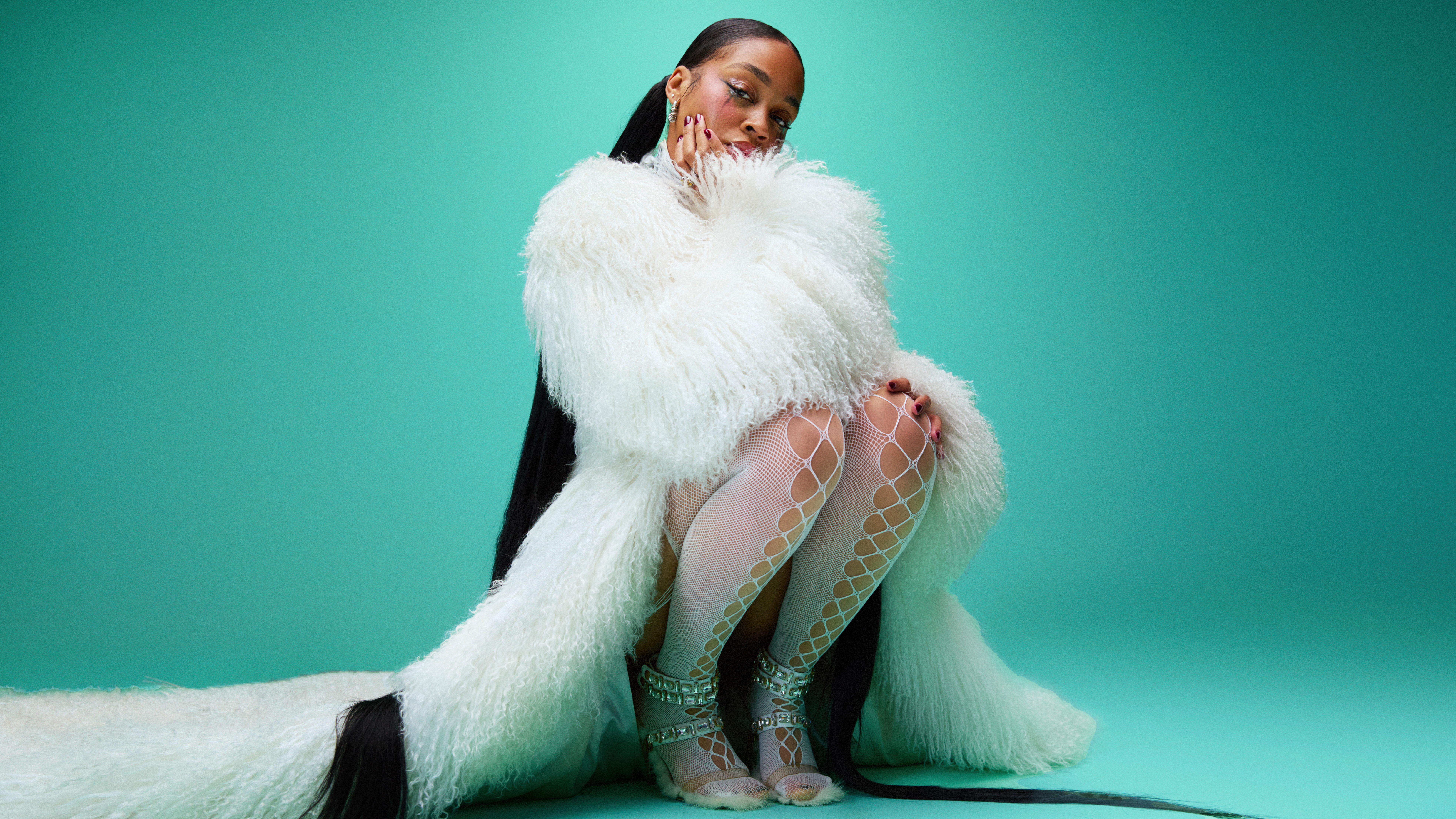Shangri-La touches on multiple themes, colonialism, desire, and race. Sandoval tells this story with a strong but at the same time poetic voice. As hate crimes on Asian Americans increased the past months, the story is as relevant as ever. The title Shangri-La refers to the idea of earthly paradise, as for some immigrants America was a promised Shangri-La in the 19th and early 20th century. Isabel Sandoval herself is the first transgender Woman of Color to submit a film for Miu Miu Women’s Tales and is thus part of a series of inspiring women alongside Ava DuVernal or Chloe Sevigny, who previously worked with the brand on this ongoing project. Fräulein Magazin had the chance to ask the filmmaker about her movie:
What is the role of femininity in the strive for equality today?
“I think femininity is one of many infinitive expressions you have as a woman. For me, what is most important, is to be who we really are and what we destine to be. That is a journey my character goes through in this film. Women from different backgrounds have different aspirations and need to be given the resources and opportunity to be able to do that.”
How do contemporary women use clothes to communicate?
“This is something I thought of and lived an intimate way while I was transitioning. Even before I felt like I was who I was inside, but it is through clothes and how we manifest ourselves through fashion that allows other people to see us externally as how we see ourselves. I choose my clothes thoughtfully. For example, having a lovely dinner outside and getting all dolled up, having my hair done and wearing a lovely long dress – which is something that I’m personally not used to – I got self-conscious doing that. But lately for the past two years I feel more powerful, comfortable and unapologetic about how I express myself. I’m a serious filmmaker and artist, but when I want to feel like a woman, who loves to dress up and look glamorous, I shouldn’t feel remorseful about that. Different clothes and fashions allow me to get into different moods and transabilities. For me, the roles that we play in life as a woman – being a mother, being a child, being a storyteller – are performances. The outfits that we wear can seem like a second skin allowing us to perform those roles creatively and imaginatively.”
Where do you go to think and feel completely free?
“Right now, I’m at an artist residency in upstate New York. I feel like the older I’m getting the more introverted I’m becoming and I’m really starting to appreciate solitude, privacy, and quietness to be in my element creatively. I wrote myfourth feature Tropical Gothic in an artist residency last year right before the pandemic started – appreciating my time being away from civilization just to gather my creative powers to work on something new and something that excites me.”



